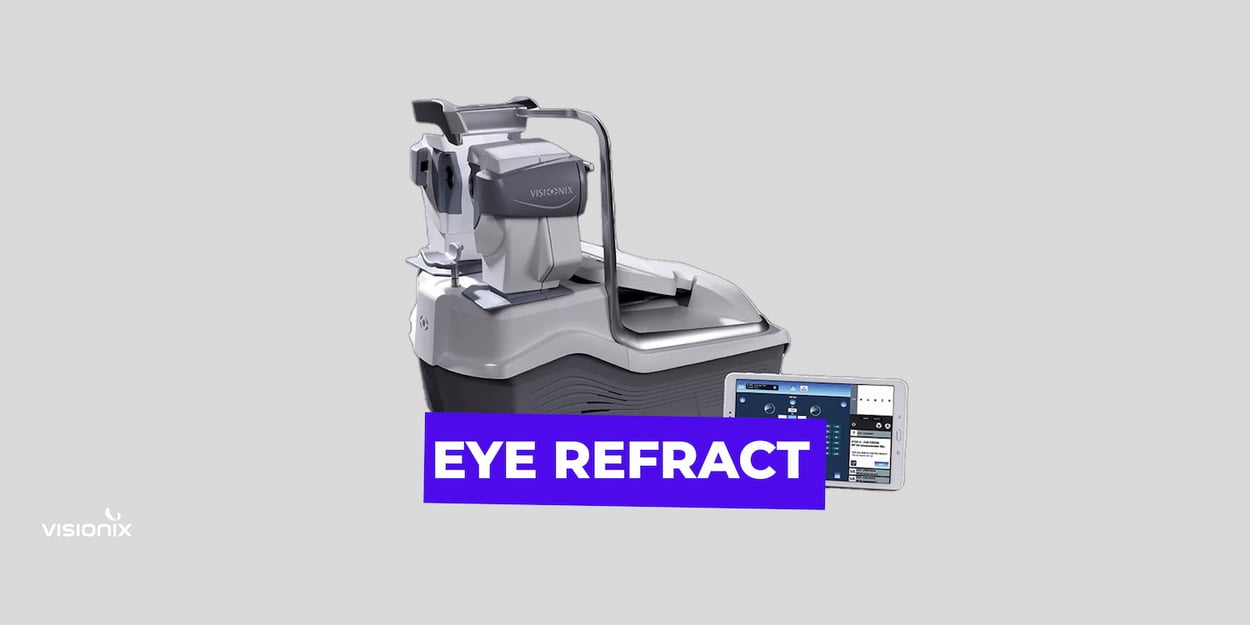Comparison Between Aberrometry-Based Binocular Refraction and Subjective Refraction
OPTOMETRY
The original article was published by the Department of Optics II (Optometry and Vision), Faculty of Optics and Optometry, Universidad Complutense de Madrid, Madrid, Spain and Ocupharm Diagnostics Group Research, Department of Biochemistry and Molecular Biology, Faculty of Optics and Optometry, Universidad Complutense de Madrid, Madrid, Spain

Abstract
Purpose: We evaluate the efficacy of a new system of binocular refraction, mainly based on ocular aberrometry (EYER) and compare it with the traditional subjective refraction as gold standard.
Methods: A prospective, double blind, and transversal study was performed on 99 subjects (35 men, 64 women; mean age 37.22 ± 18.04 years; range 7–70 years). Refractive surgery or irregular cornea were considered exclusion criteria. Subjective refraction was performed by three different optometrists and EYER by other optometrists on three different days randomly. The binocular best corrected visual acuity (BBCVA), subjective vision evaluated with visual analogue scale (VAS), refraction spent time, and mean spherical equivalent (MSE), and vertical and oblique cylindrical components (J0 and J45) were analyzed.
Results: A positive strong correlation between EYER and subjective refraction was found for MSE (Pearson, 0.984; P ≤ 0.001) and J0 and J45 (Pearson, 0.837; P ≤ 0.001 and Pearson, 0.852; P ≤ 0.001, respectively) in the total group. There were no statistically significant differences for BBCVA (P ≤ 0.05). The VAS scores were 84.29 ± 12.29 with the EYER and 86.89 ± 12.38 with subjective refraction (P 0.031). The time spent to perform the refraction was statistically lower (P ≤ 0.05) with the EYER compared to conventional subjective refraction for all groups.
Conclusions: The EYER system showed similar results in terms of spherical and cylindrical components, visual acuity being the spent time in the refraction lower than conventional subjective refraction.
Translational Relevance: This new objective refraction system provides less chair time with similar results than subjective refraction.
Keywords: subjective refraction; aberrometry; objective refraction.
